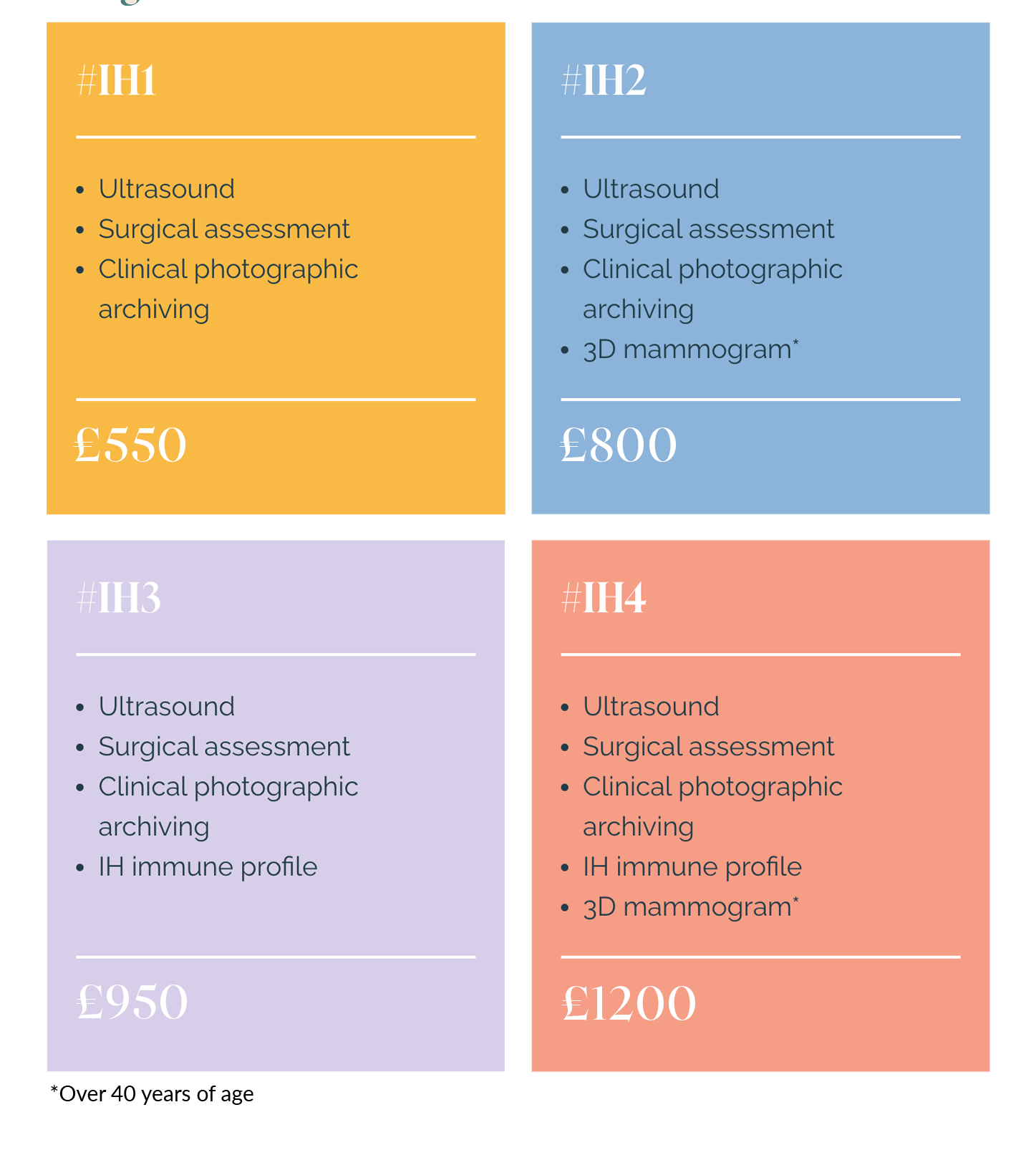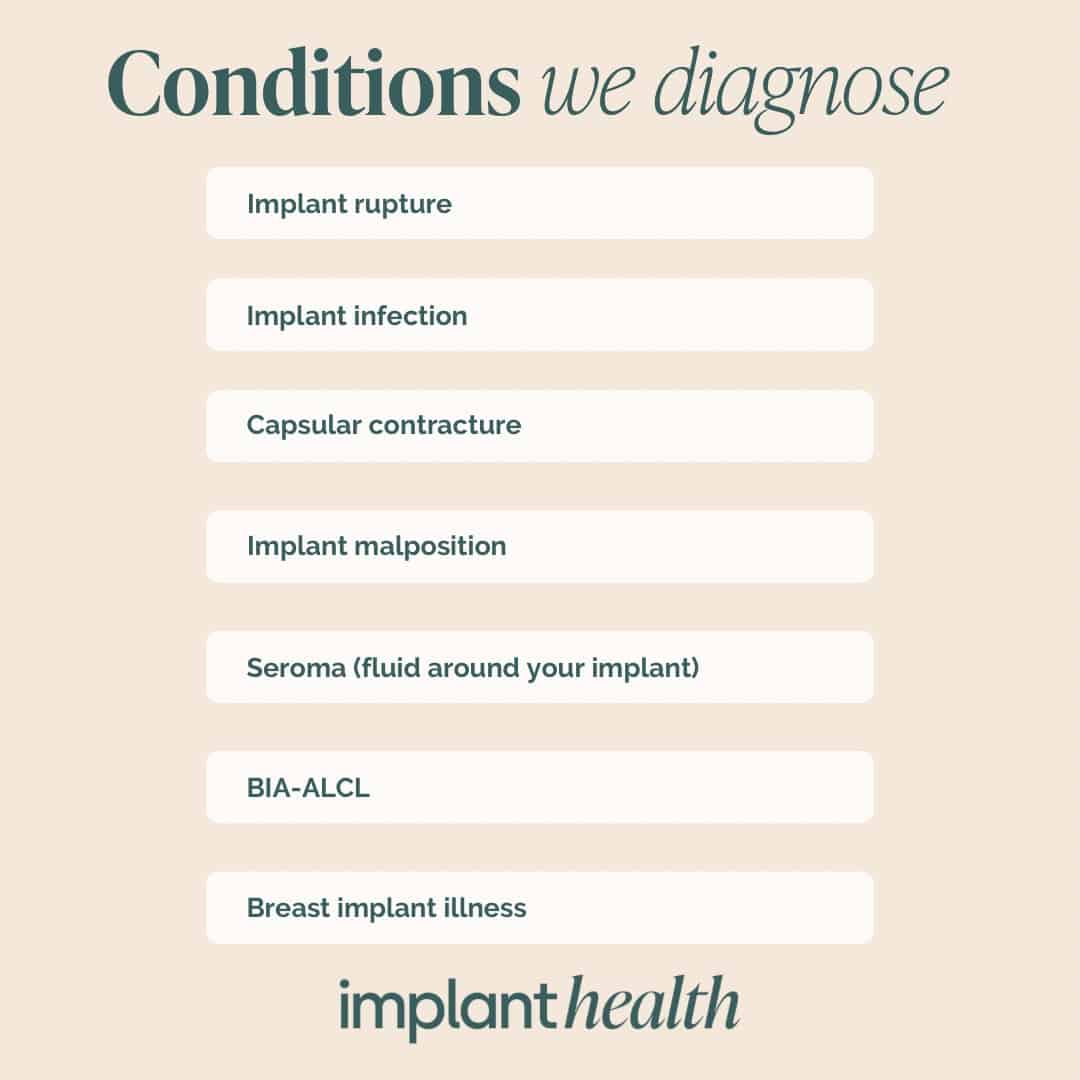BIA-ALCL
BIA-ALCL
BIA-ALCL stands for Breast Implant-Associated Anaplastic Large Cell Lymphoma. It is a rare type of non-Hodgkin’s lymphoma that can be a result of breast implants. The condition was first identified in the 1990s but has gained more attention in recent years.
BIA-ALCL primarily affects individuals who have received breast implants, particularly those with textured surfaces rather than smooth surfaces. It is important to note that BIA-ALCL is not breast cancer but rather a type of lymphoma that develops in the scar tissue surrounding the breast implant.
The exact cause of BIA-ALCL is not yet fully understood, but research suggests that chronic inflammation, genetic factors, and the interaction between the implant and the immune system may play a role in its development. Textured implants may increase the risk by promoting inflammation and bacterial colonization.
BIA-ALCL Symptoms
The symptoms of Breast Implant-Associated Anaplastic Large Cell Lymphoma (BIA-ALCL) can vary from person to person. Here are some common symptoms associated with BIA-ALCL:
Swelling
Unexplained swelling in the breast, typically occurring years after the initial breast augmentation surgery.
Pain
Persistent pain in the breast: this can be in one area or spread throughout the breast area.
Lumps or Masses
Development of a lump or a mass in the breast or in the area surrounding the breast implant.
Asymmetry
Noticeable changes in breast shape or size, causing an asymmetrical appearance.
Skin Changes
Skin rash, redness, or changes in texture on the breast.
Fluid Accumulation
The collection of fluid around the breast implant, known as a seroma, which may cause increased swelling or discomfort.
It is important to note that these symptoms can also be indicative of other conditions, such as breast implant infection or capsular contracture, which is the hardening of scar tissue around the breast implant. However, if you experience any of these symptoms, it’s important to book a breast implant health check.
Misdiagnosis of BIA-ALCL
Misdiagnosis of Breast Implant-Associated Anaplastic Large Cell Lymphoma (BIA-ALCL) can occur due to its rarity and overlapping symptoms with other breast-related conditions. However, the medical community has been increasingly aware of BIA-ALCL, leading to improved recognition and diagnosis of the disease.
It is difficult to provide an exact percentage or quantify the rate of misdiagnosis, as it can vary depending on various factors such as the experience and knowledge of the healthcare professionals involved, access to specialized testing, and the availability of updated diagnostic criteria.
Efforts have been made to develop standardized diagnostic guidelines and increase awareness among healthcare providers regarding BIA-ALCL. This includes guidelines from organizations such as the American Society of Plastic Surgeons (ASPS) and the Plastic Surgery Foundation (PSF) to aid in the diagnosis and management of the condition.
To reduce the risk of misdiagnosis, it is important for individuals experiencing symptoms related to breast implants, such as swelling, pain, or masses, to seek evaluation by healthcare professionals with expertise in breast health, plastic surgery, and lymphoma. These specialists can conduct appropriate diagnostic tests, such as imaging and biopsy, and collaborate to arrive at an accurate diagnosis.
What causes BIA-ALCL?
The exact cause of Breast Implant-Associated Anaplastic Large Cell Lymphoma (BIA-ALCL) is not yet fully understood. However, research suggests that a combination of factors may contribute to its development. These factors include:
Textured Implants
BIA-ALCL is usually associated with textured surface breast implants rather than smooth implants. Textured implants have a rough surface that may promote inflammation and bacterial colonization, potentially triggering an immune response.
Chronic Inflammation
Chronic inflammation resulting from the presence of breast implants could play a role in the development of BIA-ALCL. The body’s immune response to the implants, particularly textured implants, may contribute to the development of the lymphoma.
Genetic Predisposition
Some studies have suggested that certain genetic factors may increase the risk of developing BIA-ALCL. However, there is a need for more research to understand the genetic factors involved.
Interaction with the Immune System
The interaction between the breast implant and the immune system is a significant factor. The implant surface, whether textured or smooth, may trigger an immune response that can lead to the development of BIA-ALCL in susceptible individuals.
It is important to note that BIA-ALCL is a rare condition, and the overall risk of developing it is low. Most individuals with breast implants do not develop BIA-ALCL. However, it is crucial to stay informed about the latest research and consult with a healthcare professional if you have any concerns or experience symptoms related to breast implants.
BIA-ALCL treatment
The treatment for Breast Implant-Associated Anaplastic Large Cell Lymphoma (BIA-ALCL) typically involves a combination of surgical intervention and other therapies. The specific treatment approach may vary depending on the stage and extent of the disease. Here are the main treatment options for BIA-ALCL:
Implant and Capsule Removal:
The primary treatment for BIA-ALCL is the surgical removal of the affected breast implant(s) and the surrounding scar tissue capsule (capsulectomy). This procedure aims to completely remove the lymphoma cells and reduce the risk of recurrence.
Lymph Node Evaluation:
In some cases, if there is evidence of lymph node involvement or spread of the disease, a biopsy of the nearby lymph nodes is crucial. They may need to be surgically removed to determine the extent of the lymphoma.
Chemotherapy:
Depending on the stage and aggressiveness of the disease, chemotherapy may be an option. Chemotherapy uses drugs to kill cancer cells or stop their growth.
Radiation Therapy:
In cases where BIA-ALCL has spread to the lymph nodes or other tissues, radiation therapy may be a treatment option to target and destroy the remaining cancer cells. This can be after surgery or in cases where surgery is not possible.
Targeted Therapy:
Targeted therapies, such as monoclonal antibodies or kinase inhibitors, are being investigated as potential treatment options for BIA-ALCL. These therapies aim to specifically target and disrupt the growth and survival of lymphoma cells.
Surveillance and Follow-Up:
After treatment, regular follow-up appointments and surveillance are important to monitor for any signs of recurrence or complications. This typically includes clinical exams, imaging tests (such as ultrasound or MRI), and discussion of any ongoing symptoms.
It is crucial to book a health scan for your breast implants to determine the most appropriate treatment plan for individual cases of BIA-ALCL. The treatment approach will depend on factors such as the stage of the disease, the patient’s overall health, and personal preferences.
Our Breast Implant Screening Packages
Pricing Structure

To book a scan, use the form to select the package you would like and follow the instructions to book an appointment on a day that best suits you.
Contact Us To Book An Appointment
Contact Us
London Breast Clinic
One Welbeck
1 Welbeck Street
Marylebone
London. W1G 0AR
Get Directions
